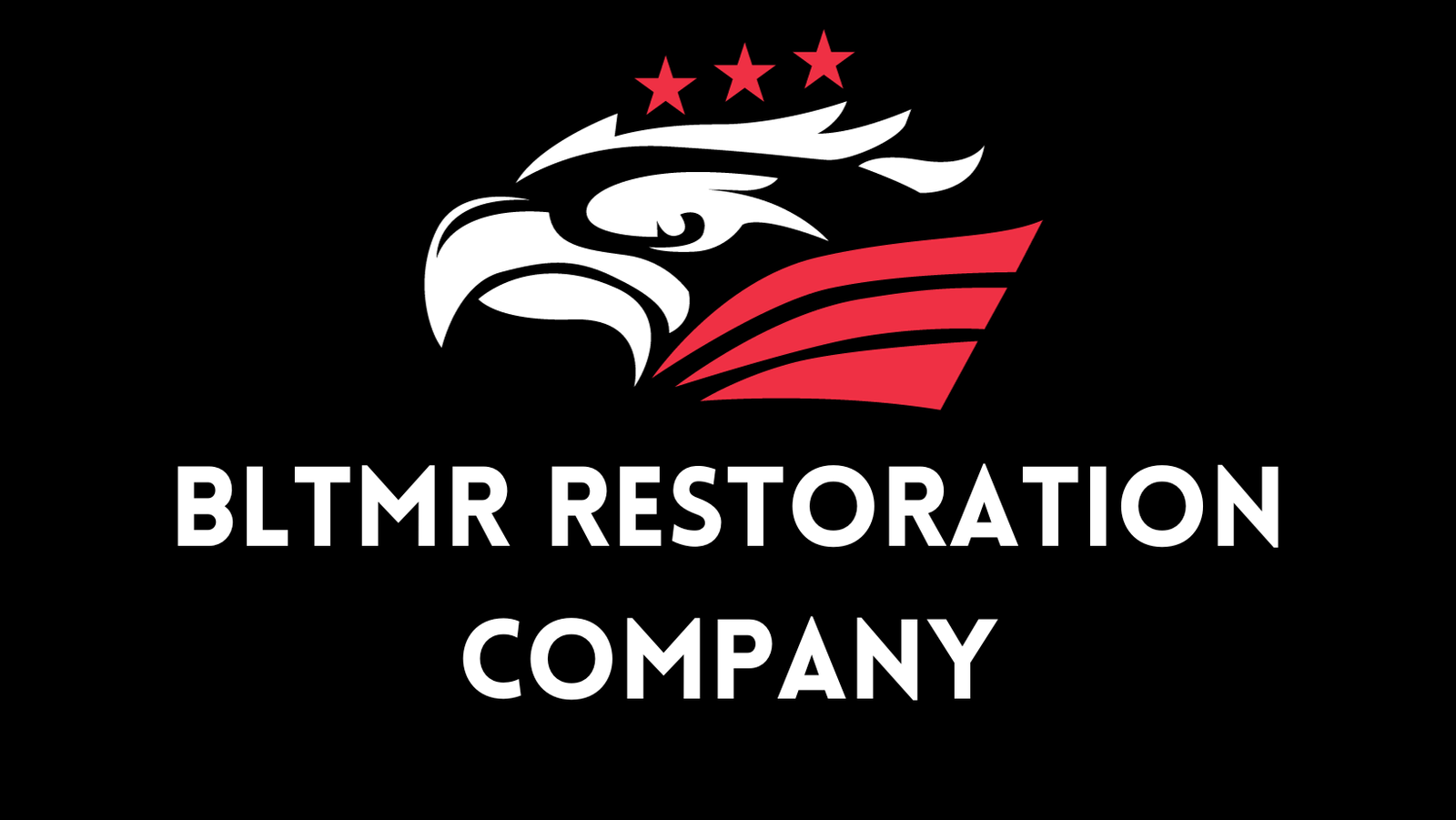Water damage is a serious issue that can affect the structure of any home. If left untreated, water damage in basements can lead to costly repairs and even health issues for residents.
Fortunately, there are steps homeowners can take to identify and address basement water damage before it becomes a larger problem. This article will discuss how to deal with water damage in your basement by outlining preventative measures as well as solutions once an issue has been identified.
Basement waterproofing is one of the most effective ways to protect your home from potential water-related damages. Homeowners should be aware of their responsibilities regarding proper maintenance and upkeep of their basement, so they can recognize signs of possible problems early on rather than waiting until extensive damage occurs.
The next section will discuss these topics in further detail along with other considerations related to dealing with basement water damage.
Introduction
Water damage in basements can be a major problem for homeowners. It is important to take the necessary steps to address this issue before it becomes worse and causes further damage or health risks.
Basement water damage is most often caused by flooding, either from an outside source like heavy rains or snow melt, or seepage through walls or floor cracks. Basement flooding can also occur due to broken pipes, leaking appliances, poor drainage systems, condensation of moisture in the air, and even plumbing leaks.
In order to prevent further water damage, it is important to identify the cause of the problem and take immediate action to fix it. This may include repairing any structural defects that are allowing water into your basement, installing sump pumps and other waterproofing measures, cleaning up existing water damage, and replacing damaged materials such as carpeting and drywall.
Additionally, you should regularly inspect your basement for signs of excess moisture or mold growth so that you can address problems quickly if they arise. By taking these preventive measures now, you will help protect yourself from costly repairs down the road.
Identify The Cause
Water damage in the basement can be a challenging and daunting problem to tackle. To begin the process of dealing with water damage, it is essential to first identify what is causing the issue. There are several potential causes for water leakage into basements that include plumbing issues, foundation cracks, or high-water tables outside. In some cases, there may even be a combination of these factors that contribute to water infiltration. Inspecting your basement thoroughly will help you determine what specific source of moisture is coming from and allow you to develop an actionable solution plan accordingly.
Areas such as windows, doors, walls, ceilings, and pipes should all be examined closely for signs of water seepage or other evidence of problems related to excessive humidity levels. Additionally, if you have access to the exterior of your home look for any visible gaps or cracks near the foundation level which could also lead to excess moisture inside. Once you have identified the cause behind your water damage issue then you’ll know how best to address it and take steps towards restoring your basement back to its original condition.
Take Action
The first step to dealing with water damage in a basement is to identify and repair the source of the water infiltration. This could be from a leaking pipe, cracks in walls or floors, window seals failing, etc. It is important to take preventive measures by sealing any potential entry points for moisture accumulation.
Once the cause has been identified and corrected, it is necessary to clean up any standing water that may have accumulated as well as remove wet furniture and contents from the room. Professional dehumidifiers and air movers can be used to help facilitate quicker drying times if needed. Further steps such as mold remediation, insulation replacement, and drywall repairs may also need to be taken depending on the severity of the water damage. Safely restoring a space after an event like this requires attention to detail and experience; professional assistance should always be employed when possible in order to ensure proper remediation procedures are followed correctly.
Conclusion
Basement water damage is a common issue that can be addressed with the right techniques and tools. Taking proactive steps to reduce moisture levels, such as installing a dehumidifier or sump pump, will help prevent further issues from developing in the future. Additionally, knowing what remediation methods are available for existing leaks and floods can give homeowners peace of mind when it comes to dealing with water damage. Professional assistance may be required for more serious cases; however, doing some research beforehand can save time and money in the long run. Ultimately, having an understanding of how to deal with basement water damage allows homeowners to effectively manage this problem before it becomes too severe.
